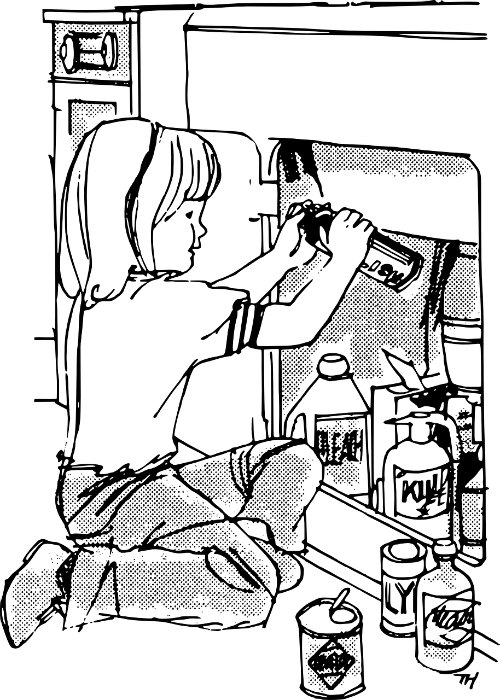How To Teach Your Kids About Home Safety
Home safety is something you simply MUST teach your kids about. But what’s the best way to do it? You want to ensure your little ones get the message but on the other hand, you don’t want to scare them half to death! Remember monkey see, monkey do. You are the best example for your children, so don’t take any safety shortcuts yourself. Learn how to best teach your kids about home safety, below.
Teach them young
Sadly, accidents at home are a leading cause of death amongst our kids. Most of these injuries are largely avoidable via correct education and prevention. But you gotta teach them young! As well childproofing your house to help prevent accidents, you can empower your kids from a very young age by drilling important safety rules into them. Remember, young children are like sponges, constantly learning. Before they can even talk, you start teaching them about safety. Tell them that the oven is hot, that the cat’s tail is not to be pulled. You can’t expect them to get it right away, of course and constant supervision is still required on your part. Just remember kids respond well to repetition and reinforcement, so don’t let up!
What to teach?
Aside from car accidents, hospitalisation of young children from unintentional injury is usually the result of either a fall, a burn or scald, poisoning, near drowning, dog bite or choking, according to Kids Safe Australia. Bear these risks in mind and ensure you teach your children good habits to best avoid them. For example, kids should be told never to drink or eat anything not given to them by a trusted adult. Explain to them the importance of picking up their toys, that it’s not just messy, but that someone could trip! They should know knives and scissors are off limits without an adult, as are swimming pools. Don’t forget to teach them about fire safety. As well as covering the dangers of matches, ovens and heaters, they should know basic fire drill procedures, including the quickest way out of the house and how to stop, drop and roll. Try to make learning these drills into a fun game, with prizes for correct results. Parenting author John C. Worzbyt recommends playing “What If” a game where you make believe different safety-related scenarios, and get kids to act out what they’d do if it really happened. Practise with your kids often.
Pets
Teach children not to be rough with anyone’s pets, not to approach dogs whilst they are eating or caring for their young, growling or showing their teeth and never to take a toy, bone or treat away from an animal. Make sure they understand they MUST ask permission from the owner before approaching an unfamiliar animal, and if the owner says it’s ok, that they must allow the animal to sniff a closed hand first.
Emergency numbers
As soon as your child starts speaking is a good time to start teaching them to be able to repeat their own full name and address and how to use the phone to dial 000 in an emergency. Kids should also have a trusted adult, such as a well-known neighbour who they know they can call anytime if they are scared or feel there is an emergency.

Source: TripSafe.com.au




